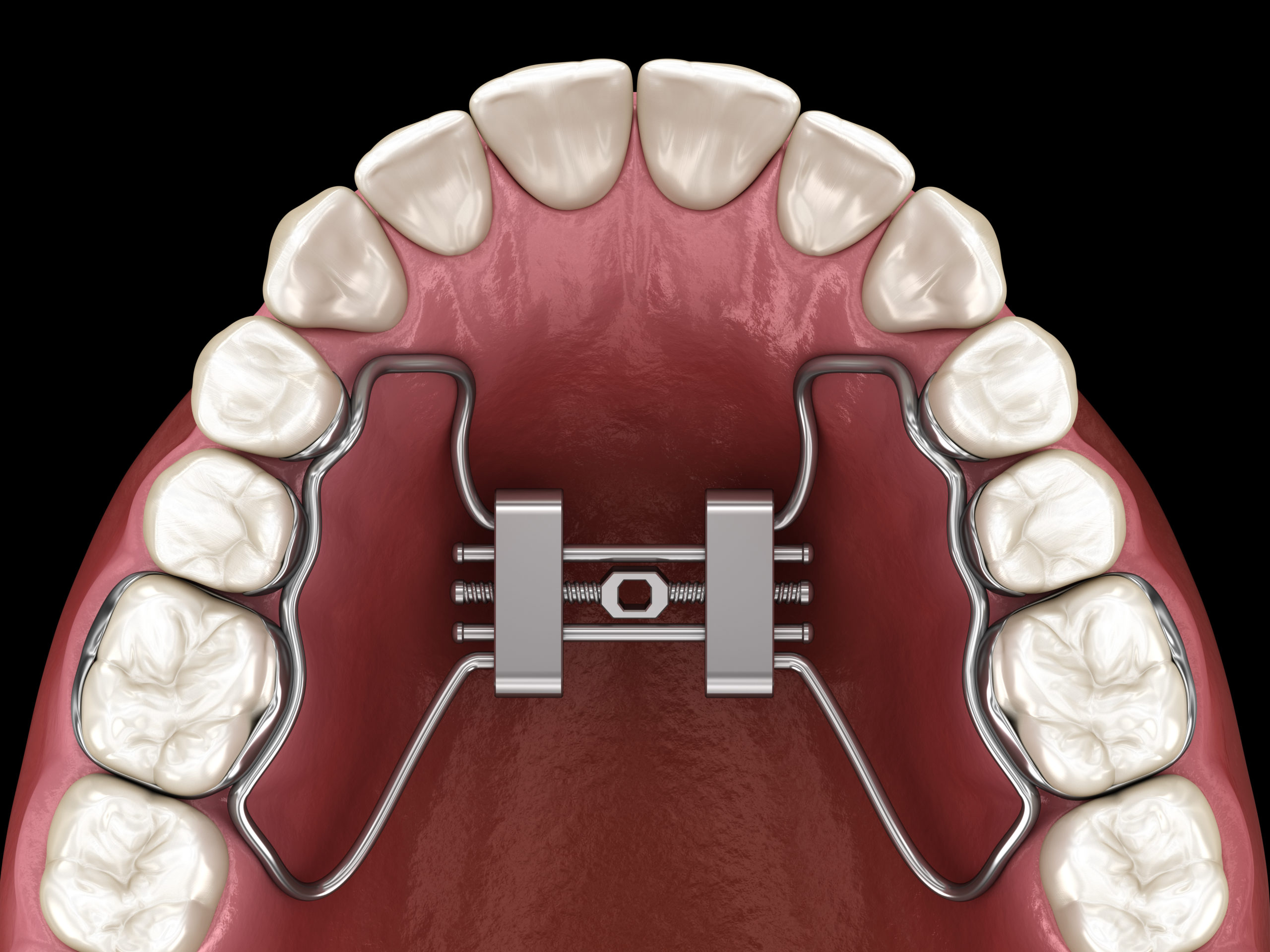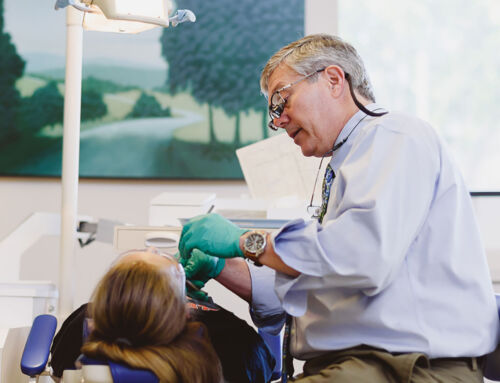A misaligned jaw, while not the most severe orthodontic issue you can experience, is certainly one of the most frequently experienced issues with orthodontic treatment. Misalignment can come in the form of an overbite, where your top row of teeth hang far over your bottom row, or an underbite, where your bottom teeth jut out further than your top row of teeth. You may also have a crossbite where your upper and lower jaw crosses over each other. Whichever issue you find yourself faced with, you know that the misalignment of your teeth at the least is uncomfortable and perhaps has even caused issues with your ability to bite, chew, and maybe even speak. Luckily there are options to help correct a misaligned jaw:
If left untreated, misaligned jaws can go on to cause more serious issues, even affecting the quality of your sleep and breathing. In addition to the physical issues a misaligned jaw can cause, your emotions may suffer as a result of being self-conscious or insecure about your smile. If you’ve been struggling with your smile, there is a treatment option waiting for you.
Braces Are Used In Mild Cases
The easiest way to correct a misaligned jaw is to utilize braces. Braces work to straighten the teeth and correct misalignment by applying pressure to the teeth to gently move them into their intended places. Braces are made up of brackets and wires. In most cases brackets are placed on each of your teeth with a metal wire attached to each bracket. Over time your teeth will be pulled into their correct positioning as a result of the wire applying pressure to your teeth.
Braces can help both adults and kids who experience jaw misalignment. If your jaw is mildly misaligned, it’s not too late to hope that braces can fix the problem. They are a great option if you are looking for treatment that is dependable and relatively non-invasive. However, if your jaw is severely misaligned, braces may not be enough to correct the problem.
Using Palatal Expanders

A palatal expander is a wire device that is fitted into the roof of your mouth and gently forces the upper jaw to widen. You will use a small key each night to widen the expander and over time your teeth will have enough room to fall into their intended spaces.
Some patients may be wary of this treatment as it might be intimidating to think of a personally-controlled mechanism correcting their teeth, but the process is effective and cheaper than a surgical procedure.
Orthognathic Surgery
The most complex treatment option to correct a misaligned jaw is to undergo orthognathic surgery. Orthognathic surgery is the most invasive of the treatment options and is only used in the most severe cases of jaw misalignment. If your jaw misalignment causes issues such as difficulty speaking, breathing, swallowing you might be a candidate for orthognathic surgery.
If you and your orthodontist decide that orthognathic surgery is the best treatment option for a misaligned jaw, you may have to begin with some orthodontic treatment to prepare your jaw for the surgery. There are a few types of orthognathic surgery and your orthodontist will discuss which one is the best option for you.
Jaw Realignment and Reposition In Fort Worth
If you have been struggling with pain or frustration due to a misaligned jaw, no matter how severe or mild your case, it is not too late to seek treatment to correct the issue. Ahava Orthodontics in Fort Worth has been providing patients relief from jaw pain and tension and helping them find the confidence they desire in their smile and we can do the same for you! Contact our office at 817-926-9777 to make an appointment today.




